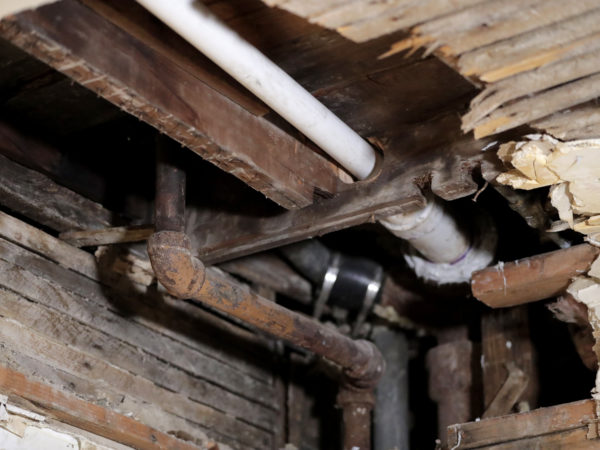
Nearly 70% of Wisconsin voters polled by Marquette University Law School showed concern about PFAS in drinking water. A uniquely uniting force from across the political aisle, which is not reflected at the state level. Last week, elected officials were once again deadlocked over how to spend the $125 million that was set aside — in May 2023 — to solve the crisis. On April 16, Gov. Tony Evers warned of possible legal action if the PFAS funding is not released. At University of Wisconsin-Madison, $963,000 was set aside to create a center dedicated to studying poly-flourinated substances (PFAS).
After years of dumping PFAS sludge into Minnesota’s Washington County landfill, chemical company 3M has now created a plume effect. The “forever-chemicals” are migrating from one of two sites that started the underground pollution. Twenty-seven wells are being proposed as containment options, to avoid further bleeding into the water supply. Meanwhile, the Minnesota Pollution Control Agency just announced that this year, they will test water quality along the entirety of the Mississippi River (within state borders).
On April 19, the Biden administration finalized two versions of PFAS, to be classified as hazardous substances. Under the federal Superfund law — known as the Comprehensive Environmental Response, Compensation, and Liability Act (CERCLA) — companies will be required to report leaks or plumes. This means, the Environmental Protection Agency (EPA) can deem those areas Superfund sites. The new rule builds off the recent landmark EPA announcement with drinking water limits for PFAS.
“Designating these chemicals under our Superfund authority will allow EPA to address more contaminated sites, take earlier action, and expedite cleanups, all while ensuring polluters pay for the costs to clean up pollution threatening the health of communities,” said EPA Administrator Michael Regan, in a statement.
Now that the EPA has set a legal limit for PFAS in public drinking water, many different water systems around the Great Lakes region (from Ohio to Michigan to Pennsylvania) are asking, how much of this financial burden will be placed on residents? The cost of removal, according to Matt Jaworowski at Grand Rapids, MI local station WOOD TV8 “ranges anywhere from $900,000 to $67 million for a kilogram of PFAA.” This is a concern for many residents, as many believe we are already in the midst of a utilities cost crisis.
More PFAS news, in case you missed it:
- Tom Still: ‘Forever chemicals’ no more: Wisconsin firm works to remediate PFAS
- 3M Settlement Reached with EPA to Clean PFAS Contamination at Cordova, Il. Facility
- Is It Too Late to Do Something About Dangerous “Forever Chemicals”?
- Do you need to worry about “forever chemicals”?
Catch more news at Great Lakes Now:
Good news for Michigan smelt season: PFAS levels lower than feared
PFAS News Roundup: Landmark EPA decision implements first nation-wide PFAS limit in drinking water




